Below is Episode 2 of our Devonshire Wet Fly investigations. This is the one where we reveal how and when we started to realise Cutcliffe was on to something…
Episode 1 Catch Up here: https://www.discovertenkara.com/wet-flies-devon/
Episode 3 Catch Up here: https://www.discovertenkara.com/cutcliffe-art-of-trout-fishing/
Wet Fly “Conspicuity” vs. “Hot Spot” Nymphs
It’s one of those things that is hiding in plain sight, but the idea of hot spots on all kinds of flies has been around for a long time. Whether it is bright tags on traditional loch-style wet fly patterns or the colourful traditional fully-dressed salmon flies, getting noticed by fish has always been important. The world-famous Czech nymph patterns often really go to town on this concept:
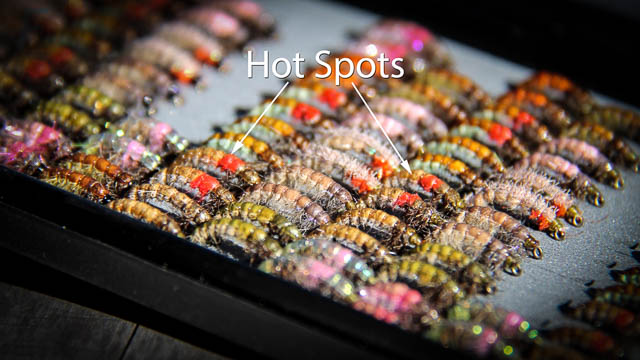
The phrase that Cutcliffe uses in his 1863 book when talking about this idea is “Conspicuity” and this matches almost exactly with the term “anti-camouflage” that we introduced in the book “How to Fool Fish with Simple Flies“.
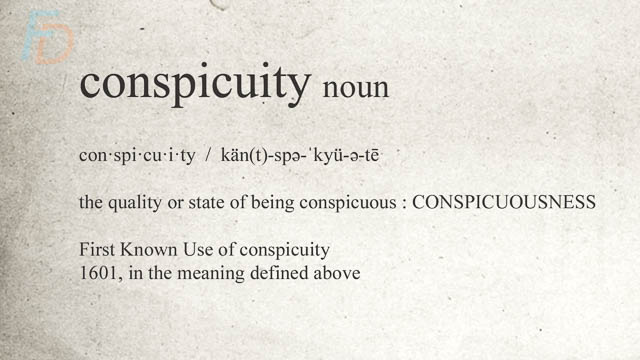
Strong Traditions in Fishing
Both John and myself are dedicated to the idea that being open to learning from all sources is important. It is too easy to shut down valuable lines of enquiry by thinking “That’s old hat“. Don’t get too comfortable if you already enjoy traditional wet fly methods though. Because it is equally easy to fall into the trap of saying “There’s nothing new in Fly Fishing“. That’s dangerously close to the old Greek saying “You cannot teach a man that which he believes he already knows“.
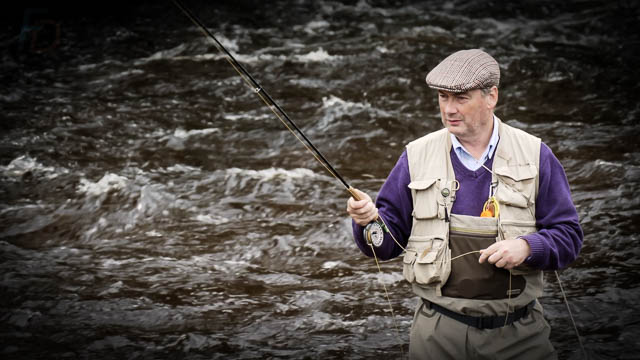
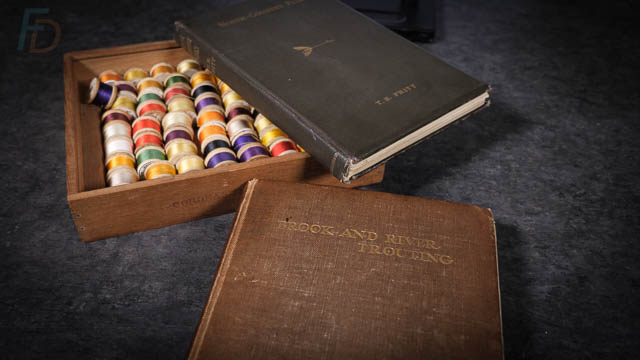
Introducing 1930s Professional Tyer Roger Woolley
As we’ll see in Episode 3, there’s another significant character in this story as well as H. C. Cutcliffe. While he was not born in Devon, Roger Woolley of Tutbury in Staffordshire was dragged into our story when John Shaner revealed that he actually owned a set of Cutcliffe flies…tied by Roger Woolley
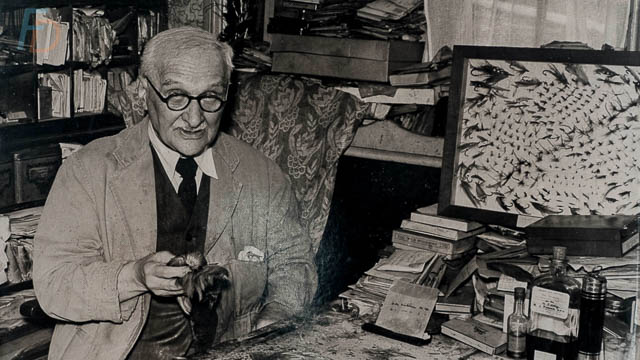
Next Episode…
Watch out for Episode 3 where we get deeper into the re-construction of the patterns that have given us so much enjoyment over the last season of “traditional wet fly experimentation”.
Let me know what you think of the content so far and feel free to ask any questions you might have below:
Paul

Roger Fogg’s book “Wet-fly Tying and Fishing” (Crowood Press, 2009) is an invaluable resource that reviews the history and evolution of the “wet fly” with the personal perspective of the author based on decades of fly fishing experience. I highly recommend this for anyone that wants to explore the near-forgotten upstream presentation discussed in your recent and excellent video series.
Absolutely Arthur – and like anything; the more you find out – the easier it is to connect the dots between all kinds of branches of fishing, tying and tackle. Thanks for contributing to the discussion and sharing great info.
Paul